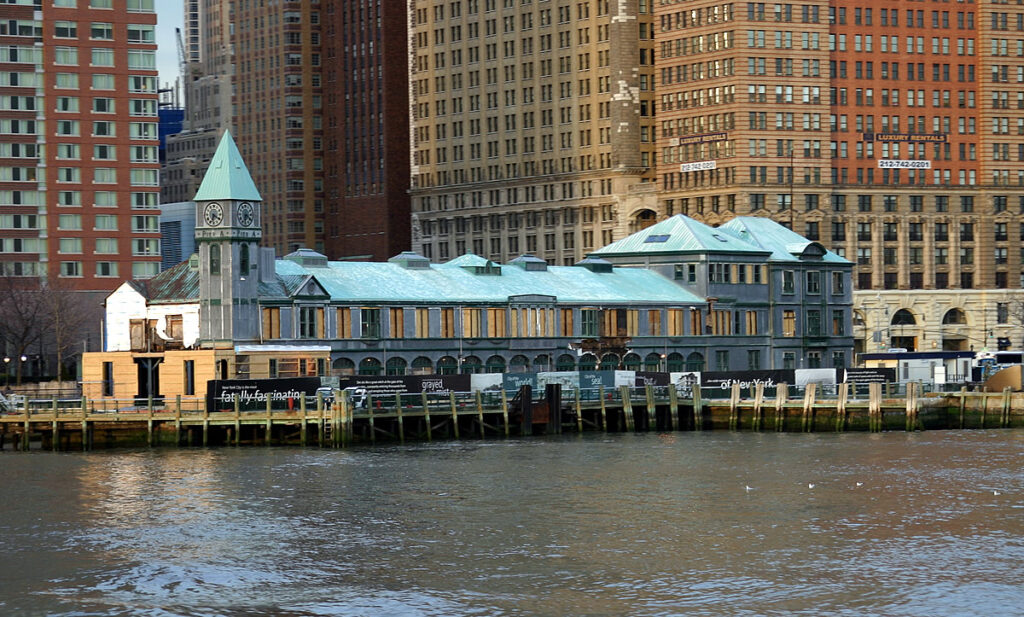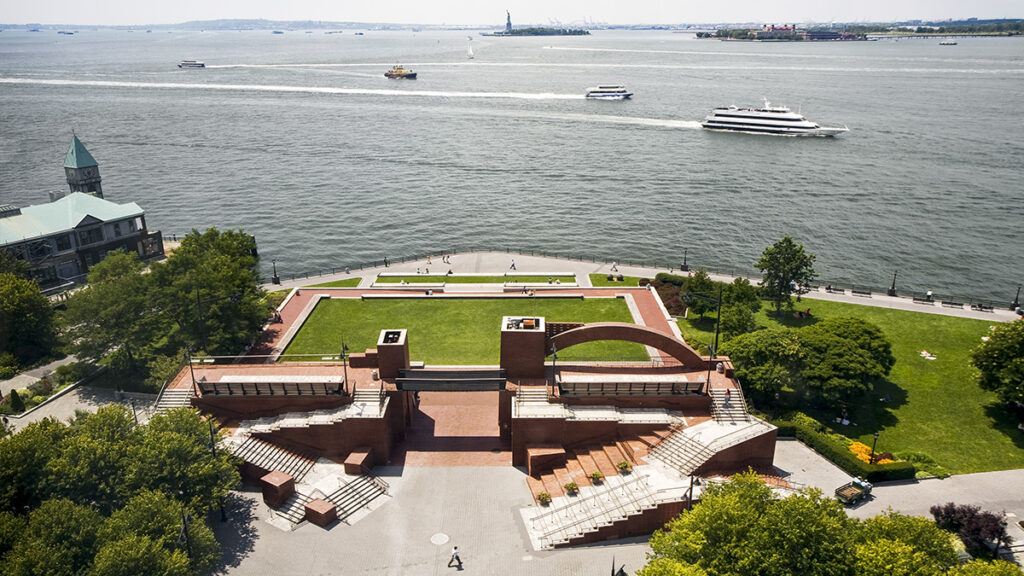A black cat’s bad luck turned when two policemen of New York’s Harbor Police plucked him from the Hudson River.
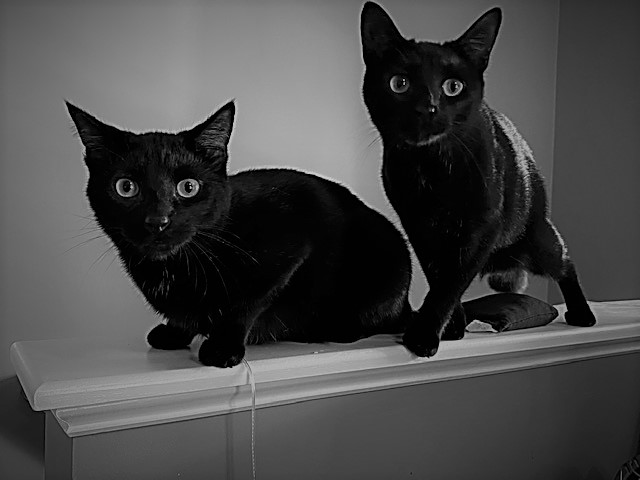
On September 19, 1904, Captain William Dean of the NYPD Harbor Police contacted the New York Times to brag about the rescue of a large black cat.
According to Captain Dean, it was shortly after the dinner hour when Roundsman Harry Dolbert and Policemen Robinson and Van Tassel rowed their boat from the North River (Hudson River) to Pier A at the Battery. There, Roundsman Dolbert saw a large black cat clinging to the rudder of the steamboat J.S. Warden, which was docked at the adjacent Pier 1.
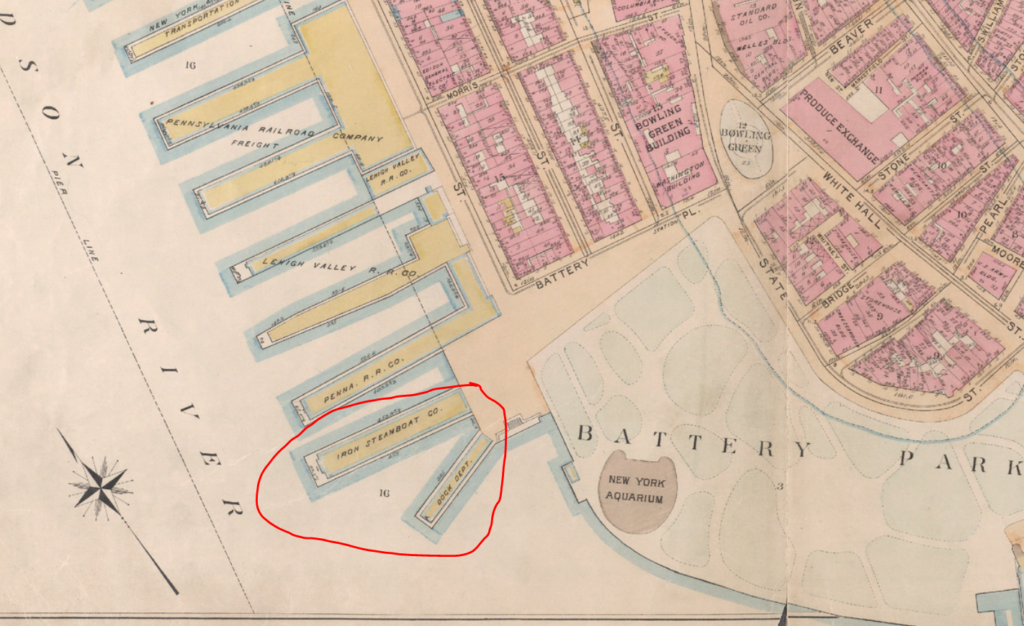

By the time the men came upon the cat, he had already lost eight of his nine lives attempting to gain a pawhold on the steamer. The policemen rowed over to the steamboat; Robinson reached over, grabbed the cat, and placed him in the rowboat.
The men then made their way to Pier A, which is where the Patrol, the steel, twin-screw steamer of the Harbor Police, was docked. They brought the black cat into the galley of the boat, where they fed him hot milk and chicken. Then the cat was taken to the boiler room to dry out.
While the rescued cat, which the men named Mike, was getting warm in the boiler room, Fanny, another black cat, emerged from the coal bunkers and walked in on the feline intruder. Fanny, a Brooklyn seafaring cat, had joined the Patrol only two weeks earlier when the boat was being repaired at the Erie Basin. Needless to say, Fanny did not like the competition, and so she was quite rude to Mike.
Lucky for Mike, the men of the Harbor Police decided they could use another cat on their boat. However, they also agreed that Fanny would still have full reign of the boat, while Mike would have to relegated to the forecastle. Not a bad deal, really, when you consider Mike’s alternative had the Harbor Police not come to his rescue.
Pier A and the Harbor Police
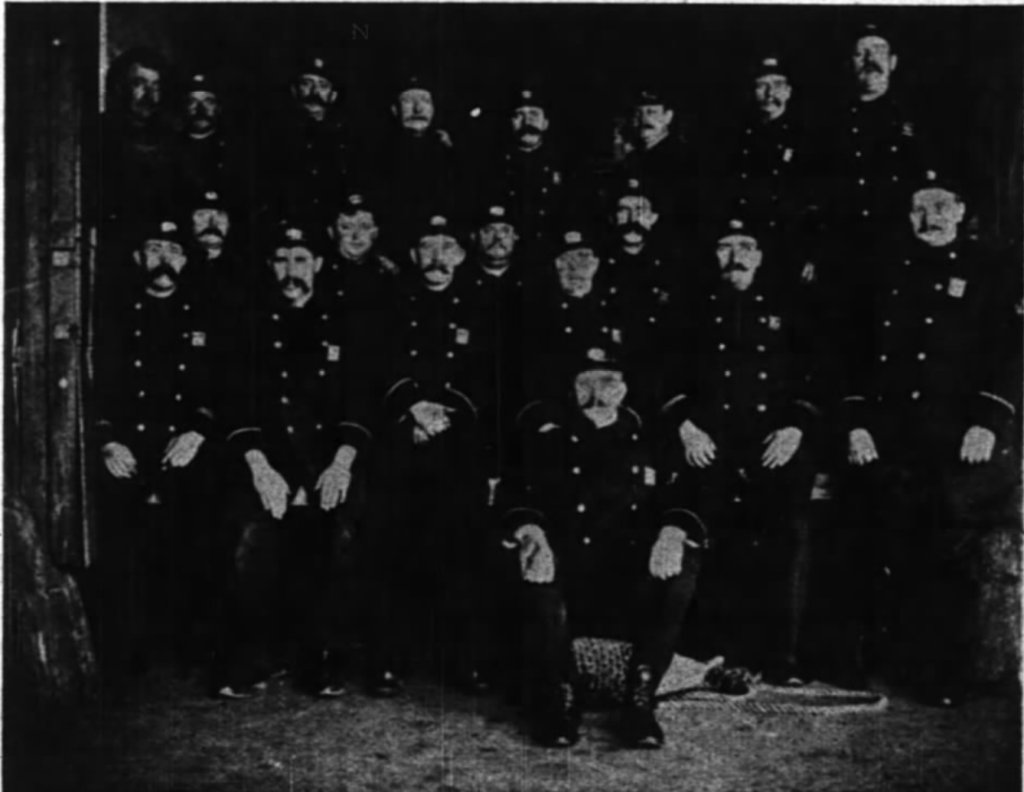
In 1904, when this story took place, the Harbor Police had 75 officers divided among two stations—one at Pier A at the Battery and one at 122nd Street on the Harlem River. Captain William Dean was in charge of both stations.
The special marine unit covered 320 miles of waterfront (from just below Yonkers to Rockaway) using rowboats (which were quieter at night, and thus, better equipped for sneaking up on river pirates), and the swift seagoing tug, Patrol.
The Patrol was built at Sparrow’s Point, Maryland, and launched on November 19, 1893, from Baltimore. The steel boat replaced another older steamer, also called Patrol.
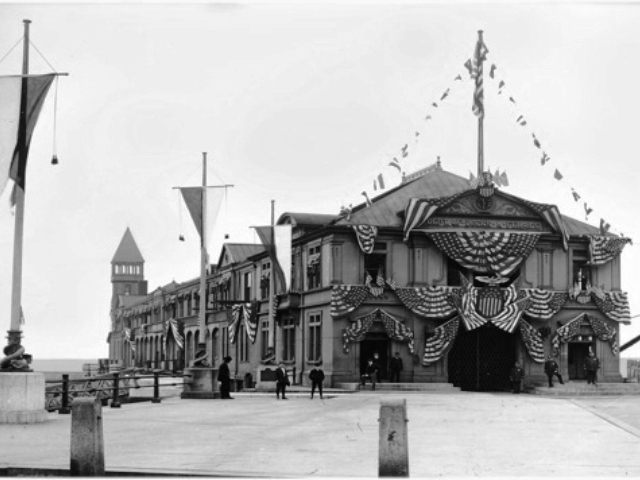
Before the station house at Pier A was completed in 1886, the men of the Harbor Police all lived and slept on the old steamer. The new twin-screw boat had only two small staterooms and was used primarily for special occasions. Click here to watch a 1903 Thomas Edison film of the Patrol going after river pirates.
In 1884, the New York Department of Docks began making plans for a headquarters building. At this same point in time, the New York Police Department was in need of a pier and station house to accommodate the Harbor Police and the old Patrol steamship. Construction began in September 1884 and was completed in 1886.
The brick and terra cotta building featured a frame tower over that river, which the police used as a lookout for river pirates (smugglers). The Harbor Police occupied the north section of the pier and the Docks Department used the rest of the building to store maps and records.
In 1900, a three-story addition was built at the shore-end of the pier; an additional story was added towards the shore end in 1904. The Department of Docks eventually left Pier A in 1959, and the Department of Marine and Aviation moved in for use as the headquarters of the FDNY fireboat fleet.
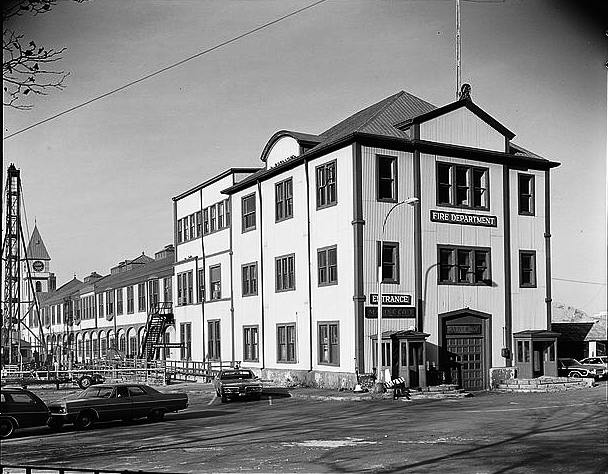
Over the years, the Victorian pier has undergone numerous and extensive renovations. Pier A was added to the National Register of Historic Places in 1975 and was designated a New York City landmark in 1977.
When the FDNY left in 1992, the pier was left vacant with plans to develop it into a public space. This project was delayed for many years, but Pier A Harbor House was finally opened to the public in November 2014.
